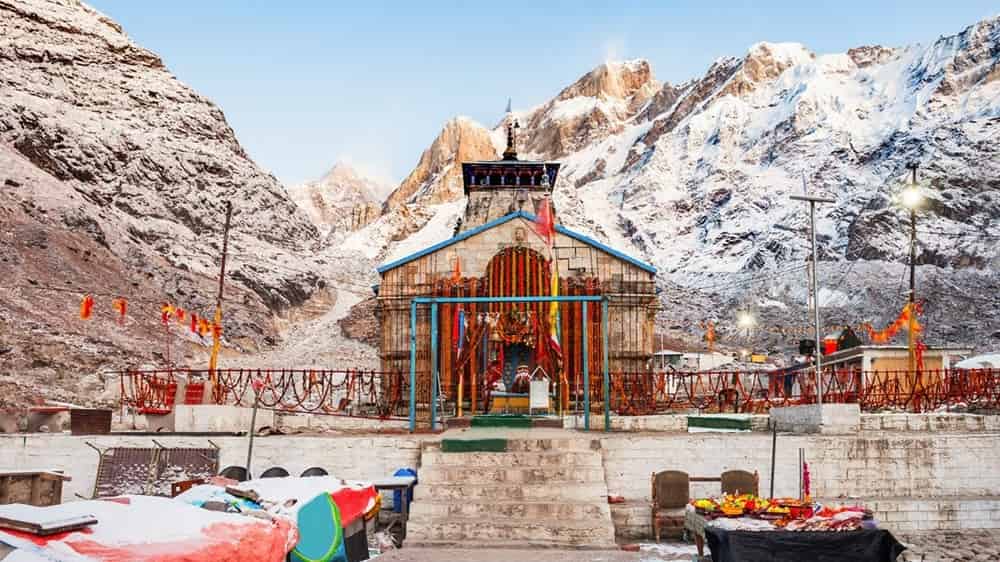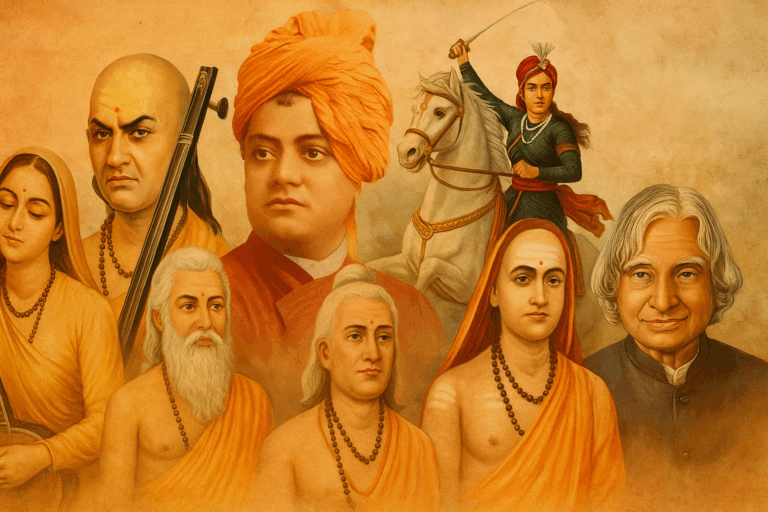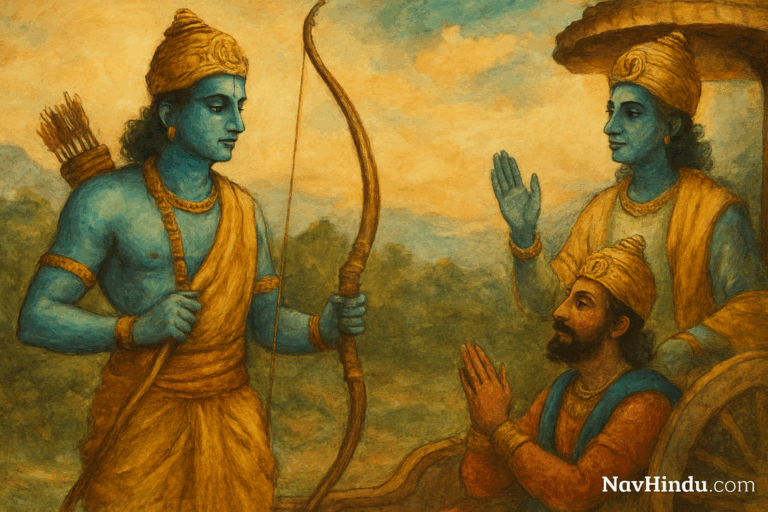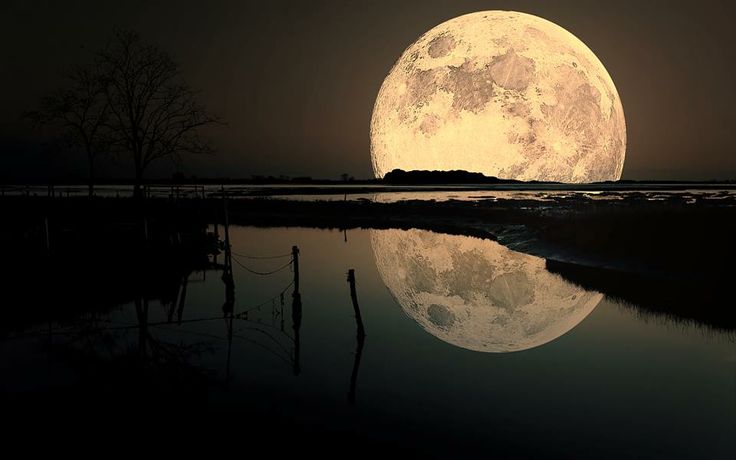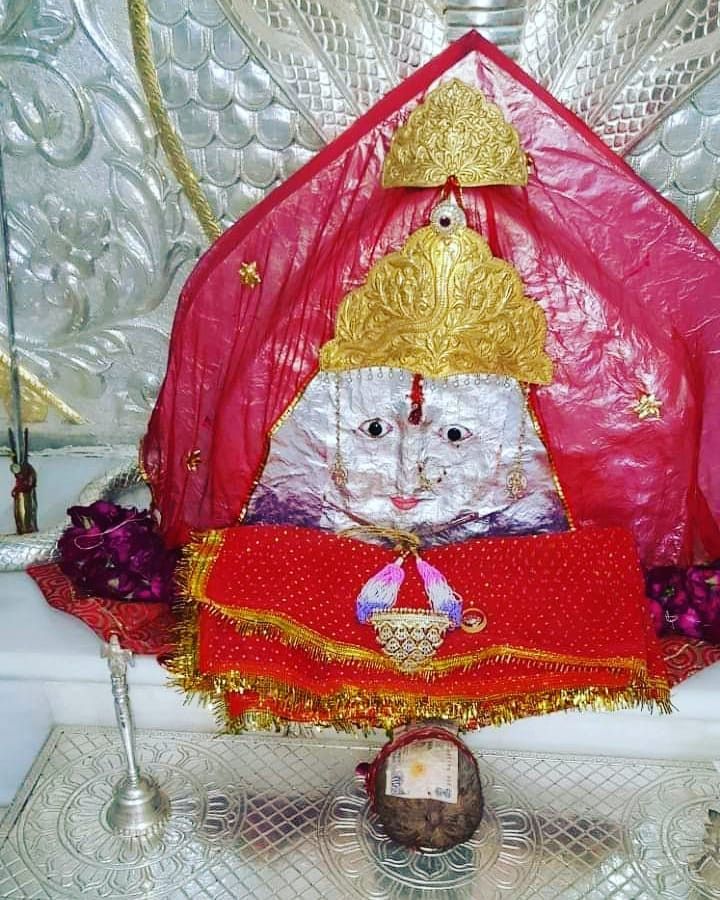High in the Garhwal Himalayas, nestled at an altitude of 11,755 feet, stands the ancient Kedarnath Temple—majestic, unyielding, and profoundly sacred. Its towering stone walls have witnessed avalanches, earthquakes, the rise and fall of kingdoms, and centuries of unbroken faith. But the story of Kedarnath is not just about its impressive architecture or harsh climate survival—it’s a spiritual saga. A story of devotion, legends, and cosmic justice. Of gods and sages. Of time itself.
Let’s walk through the fascinating layers that form the true history of Kedarnath.
The Divine Origin — Shiva’s Disappearance into the Mountains
Kedarnath is one of the twelve Jyotirlingas, the holiest abodes of Lord Shiva across India. According to ancient belief, this is the place where Shiva, in the form of a bull, vanished into the ground to avoid the Pandavas.
After the Kurukshetra war, the Pandavas sought forgiveness from Shiva for the sins of fratricide and war. Shiva, displeased, eluded them and took refuge in Kedar-Khand (now Uttarakhand). Disguised as a bull, he tried to hide, but Bhima recognized him. As Bhima attempted to catch him, Shiva dived into the earth, leaving behind his hump—which is said to be the exact form worshipped in the Kedarnath shrine.
The remaining parts of Shiva’s body appeared in other places:
- Arms in Tungnath
- Face in Rudranath
- Navel in Madhyamaheshwar
- Hair in Kalpeshwar
Together, these five temples form the sacred Panch Kedar pilgrimage.
A Temple Beyond Time — How Old Is Kedarnath?
Historians and archaeologists place the origin of the current stone structure of Kedarnath Temple somewhere around the 8th century CE, attributed to Adi Shankaracharya. But oral traditions and religious texts suggest the site was revered long before that—possibly built by the Pandavas themselves, more than 5,000 years ago.
It’s important to understand that in Sanatan Dharma, time isn’t linear. Sacred spaces often predate written history. The Kedarnath valley has been mentioned in ancient Puranas, Mahabharata, and Skanda Purana—not as a new place, but one already charged with divine presence.
Even today, near the temple lies the samadhi of Adi Shankaracharya, who is believed to have attained moksha at this very spot after reviving Hindu practices across the subcontinent.
Architectural Wonders Amid Harsh Nature
One of the most striking aspects of Kedarnath is its resilience.
The temple is built using interlocking stone slabs—no mortar, no concrete. The heavy grey stones are arranged in such a way that they withstand massive seismic shifts, avalanches, and extreme snow. The temple’s base is placed on a large rectangular stone platform, and the shikhara (spire) rises tall in typical Nagara style architecture.
There is no definitive written record of how these massive stones were transported to this altitude. Even today, the technology used remains a mystery. Locals say divine beings helped build it.
Inside, the sanctum is dimly lit and filled with the scent of ghee, incense, and centuries of prayers. The linga here is not smooth but irregularly shaped, representing the hump of Shiva’s bull form. No metallic decoration touches it. Only natural materials—bilva leaves, water, and flowers.
The Great Flood of 2013 — Divine Protection?
In 2013, Uttarakhand witnessed one of the most devastating natural disasters in Indian history. Flash floods and landslides claimed thousands of lives. Kedarnath town was nearly wiped out—but miraculously, the temple remained largely untouched.
A massive boulder, now called “Bhim Shila,” rolled down from the mountain and positioned itself directly behind the temple, shielding it from the deadly surge of water and debris. While skeptics called it coincidence, devotees believe it was Lord Shiva’s direct intervention. Even science couldn’t fully explain why the temple wasn’t destroyed while everything else was reduced to rubble.
This event renewed global interest in the temple, its architectural genius, and the mystical energy surrounding it.
Rituals That Remain Unchanged
Despite extreme weather, remoteness, and modern tourism, rituals in Kedarnath haven’t changed for centuries. The temple remains open only for six months a year—from Akshaya Tritiya (April-May) to Kartik Purnima (November). During winter, the idol is shifted to Ukhimath, where worship continues in the same daily cycle.
Only priests from Karnataka, belonging to the Veerashaiva community, have the right to perform the puja here. This tradition was set by Adi Shankaracharya to avoid local caste-based conflicts. Even today, that continues unbroken.
No elaborate machinery. No short-cuts. Just mantras, fire, flowers, and faith.
Kedarnath in Modern Consciousness
While pilgrims come here seeking moksha, many young Indians now visit for spiritual awakening. The 2013 floods and the post-disaster reconstruction gave the temple a fresh image—survival against impossible odds. Documentaries, YouTube videos, and drone photography have made Kedarnath one of the most searched pilgrimage sites globally.
In recent years, the Char Dham road project, helicopter access, and a modern base camp have made it easier to reach. But nothing takes away the fact that it still requires willpower, physical stamina, and spiritual readiness to climb those final steps.
More Than a Temple — It’s a Spiritual Portal
To the common eye, Kedarnath is just a stone temple. But to those who listen with the heart, it is a tunnel to deeper truths.
The chants of “Har Har Mahadev” echoing in that thin Himalayan air don’t just glorify Shiva—they awaken a memory in your soul. That you’ve been here before. That this isn’t your first life. That dharma, karma, and truth are not just teachings—but living entities around you.
Kedarnath is a reminder that faith doesn’t need comfort. It thrives in difficulty, in snowstorms, in isolation—and that makes it invincible.

